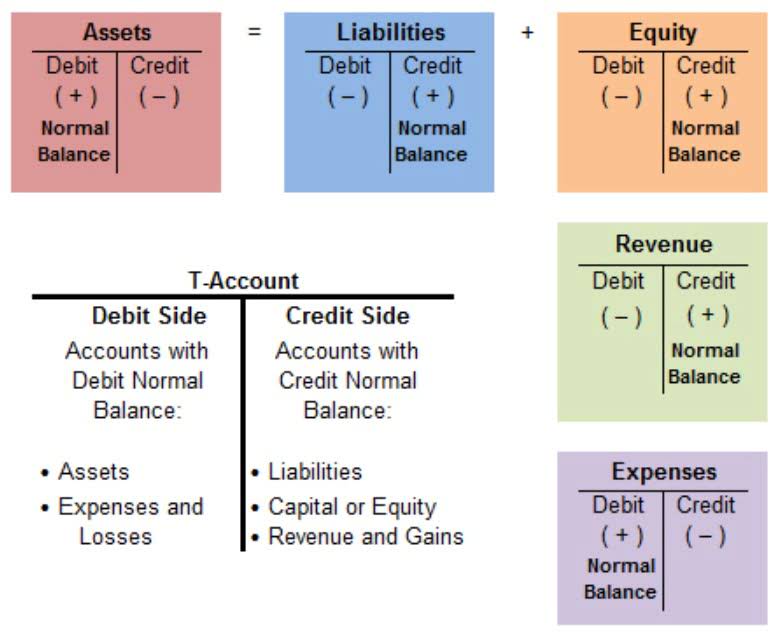Northern Trust Upgrades Cloud-Based Insurance Accounting and Analytics Application

By this point, you might be wondering about all the other accounts you’ve seen and heard of. These are all examples of accounts you may have in your five main accounts. Northern Trust has had an unwavering and longstanding commitment to the asset owner space for many decades. The goal within accounting for insurance companies the asset owner segment is to empower the missions of its clients, helping them to maximize investment returns so that they may then serve their constituents, their communities and the world. Member firms of the KPMG network of independent firms are affiliated with KPMG International.
- Fixed-fee service contracts, such as roadside assistance programs and certain financial guarantee contracts, may meet the definition of an insurance contract.
- Northern Trust Insurance Solutions services 183 insurance clients across the globe with $814 billion in assets under custody as of December 31, 2023.
- Companies may also face higher tax rates as their sales and profits rise.
- By employing sound accounting principles and staying vigilant in the face of evolving challenges, insurance companies can effectively manage risk, enhance transparency, and maintain the trust and confidence of the stakeholders.
- Our credentials, capabilities and experts span across the globe, with over 160 IFRS 17 territory champions who are ready to help to support you in this journey.
Tracking operations that record, administrate, and analyze the compensation paid to employees are collectively known as payroll accounting. Payroll also includes fringe benefits distributed to employees and income taxes withheld from their paychecks. Accountants also distinguish between current and long-term liabilities. Current liabilities are liabilities due within one year of a financial statement’s date. Long-term liabilities have due dates of more than one year.The term also appears in a type of business structure known as a limited liability company (LLC). LLC structures allow business owners to separate their personal finances from the company’s finances.
Unique Transactions That Apply to Insurance Accounting
Financial accounting focuses on keeping track of all financial transactions and preparing financial statements. Businesses and organizations use a system of accounts known as ledgers to record their transactions. The general ledger (GL or G/L) is the master account containing all ledger accounts. It holds a complete record of all transactions taking place within a specified accounting period.Major examples of individual accounts in a general ledger include asset accounts, liability accounts, and equity accounts. Each transaction recorded in a general ledger or one of its sub-accounts is known as a journal entry. The informal phrase “closing the books” describes an accountant’s finalization and approval of the bookkeeping data covering a particular accounting period.
- Diversification describes a risk-management strategy that avoids overexposure to a specific industry or asset class.
- Then, you can accurately categorize all the sub-accounts that fall under them.
- When retained earnings (RE) are positive, they increase the organization’s equity.
- The aggregation of contracts into ‘groups’ as defined by IFRS 17 is required at initial recognition and is not reassessed subsequently.
- The three main types of accounting are management accounting, tax accounting, and financial accounting.
The ISSB is supported by technical staff and a range of advisory bodies. Our Standards are developed by our two standard-setting boards, the International Accounting Standards Board (IASB) and International Sustainability Standards Board (ISSB). In addition to knowing which deductions apply to you, you should also be aware of the deadlines for filing and making payments on your business income.
Insurance Accounting and Financial Reporting Update
Income statements are one of three standard financial statements issued by businesses. The terms and concepts in this guide were curated in part for their relevance to new entrepreneurs. Examples include terms such as “accounts payable,” “accounts receivable,” “cash flow,” “revenue,” and “equity.”

